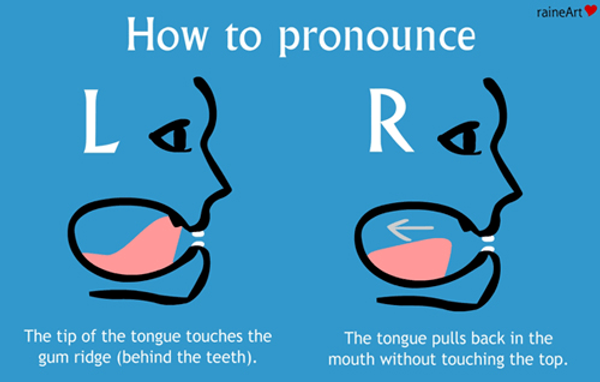Why Learning a Language is like Yoga...
Have you ever tried yoga? Did you find it easy?
Probably not – at least at first: Was your body used to twisting and turning into all those peculiar shapes? I’m guessing not. And yet, after time, were you able to do at least some asanas (poses), without much effort?
The mouth, tongue, throat, vocal cords and lips also need to be stretched into challenging positions when learning to speak a language. When you started speaking English, how satisfied were you with the sounds you make? Getting intonation and sounds to be natural can be really difficult - right?
Maybe you’re a Spanish speaker used to using your tongue for the ‘S’ sound. Perhaps your native language is Mandarin, with no plural forms or 'S' endings. Are you Italian? Trying to let go of the vowel sound at the ends of words is challenging!
We need to practise making the correct shapes with our mouths - a linguistic yoga workout. One useful tool is to use pronunciation charts to see the position of the tongue in the mouth as you make certain sounds.

Image by raineArt
Here we can see an excellent diagram of where the tongue should be placed to make L and R sounds, often difficult for speakers of Asian languages.
When I first started yoga I learnt that the hardest positions are probably the ones that your body needs most – rather than ignore or avoid these poses, you should seek to do them more often in order to improve.
This can be applied to learning a language – what are your main problems? Conditional structures, using the present perfect, conjugating verbs, plurals, -ed endings?
Practising yoga every day eventually leads to a much higher level of understanding and achievement, and so it is with speaking languages. Why not make yourself a promise today – commit to improving your spoken English. Embrace your mistakes, and know that by continuously improving you will be on the way to accomplishing language excellence!
18 de Fevereiro de 2020

.png)



